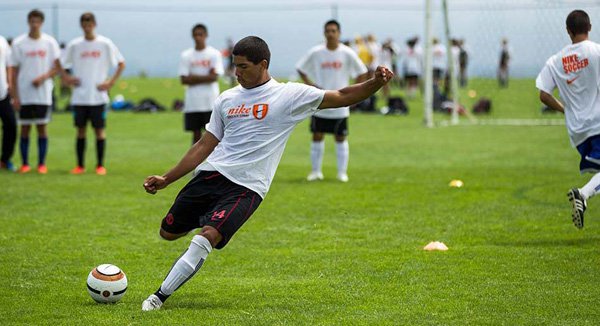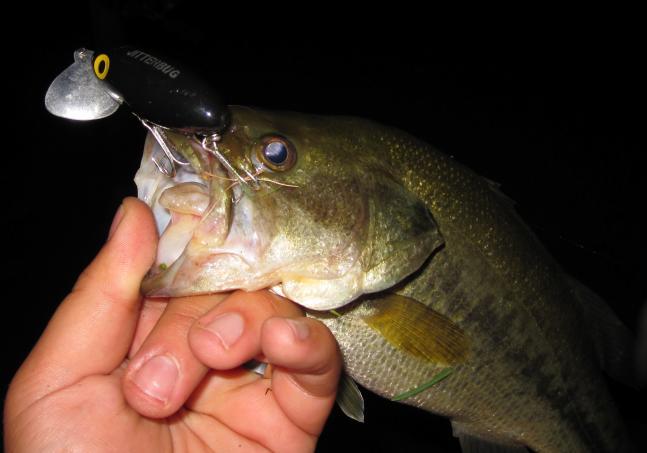stuck
Question
Ok, I have a serious question. I play softball, slow and fast pitch. However, I am still not clear on one thing. If you are playing infield and you catch a ball, where do you throw it to. I get help a lot of the time by the girl on first base saying "Ball to third, ball to third!" But I don't want to have to always rely on her. For example, if the batter hits the ball, and there is a batter on second, or maybe the bases are loaded, who do I throw it to? I believe I throw it to which ever base I was pulled to to catch the ball in the first place, is that correct? I would greatly appreciate if you could answer my question as soon as possible. The season just started and I need to be fully prepared. Thank you.
Answer
Alright, well for every different situation, you throw the ball to a different base. The first thing you need to understand is the concept of a force. For example if no one is on base, then the batter, should they hit the ball, must run to first, thus they are forced to run to first. So with nobody on base, if you get a ground ball hit to you, you throw the ball to first.
(however also note that anytime the batter hits the ball in the air and it is caught before it hits the ground, the BATTER and only the batter is out, regardless of the runners on base).
Now lets say there is a runner only on first base. Should the batter hit the ball on the ground, the batter must run to first, so the runner on first must run to second. In this case you should throw the ball to second because the lead runner is forced to run to second base. Always keep in mind that as a fielder your primary goal is to get the lead runner out if at all possible. Now lets again pretend there is a runner on first, but in this situation the batter hits the ball in the air and you catch it. As soon as you catch the ball the batter is out, thus the runner on first is no longer forced to go to second. So after you catch the ball you just must check that the runner who started on first is still on first. If she is not then you can get her out by throwing the ball there. Otherwise the play is over and you can get the ball back to the pitcher.
The next situation is runners on first and second. This should sound repetitive, but in this case the runner on second is the lead runner. If a groudball is hit to you then the batter must run to first, the runner on first must run to second, so the runner on second is forced to get to third. So if your throw to third beats the runner she is out. It is also important to mention that in this situation there are forces at first base, second base, and third base (because the batter is forced to run to first, the runner on first is forced to run to second, etc) Thus, you will get an out no matter which base you throw to, as long as your throw beats the runner going to that base. So, although it is ideal in this situation to get the lead runner running to third, if you bobble the ball at all while you are fielding it, you should throw to the base where you will most likely get an out because the runner is furthest away (usually this is first). Also if there are two outs, then it doesn't matter where the last out is made, so you should throw it to whichever base is easiest for you to throw to or whichever way you were pulled to catch the ball.
So now if you think about a based loaded situation, ideally if you field a groundball you want get the force out at home. But again, in this situation there are really forces at all the bases so if there are two outs, you bobble the ball, or your team is winning by many runs, simply throw the ball to the easiest base.
Also in both the cases of runners on first and second and the bases loaded, if the batter hits a pop up she will automatically be out because of the infield fly rule. Thus, after you catch any ball before it touches the ground (pop up or line drive) the runners don't have to run and you should make sure that the runners are by the bases they started on before the play. If they are off the base you should throw back to the base left. Or if they tagged up (which shouldn't happen from a popup in the infield) you should throw to the base they are going to.
Ok so that should cover forces, again that is anytime a runner is forced to run to the next base when the ball is hit on the ground. In these situations you can throw the ball to any base a runner is running to, but ideally you want to get the lead runner out.
Now lets take a situation where the runners on base are not forced to run: lets say there is a runner on second. Now in this case if a batter hits the ball on the ground the batter must run to first. Since first base is not occupied by a runner, there is no one forcing the runner on second to run to third. Thus after you field a ground ball you should check to see what the runner on second is doing. If she is running to third, and your throw can still beat her there you can throw it to third, understand though that your third basemen will have to tag the runner to get her out, not just step on the base like in a force play. However if the runner is not getting to far off the base, you should look her back to the base and then throw the ball to get the force at first (since there is always a batter, there is always a force at first base).
The same applies when there are runners only on second and third. After fielding a ground ball check the lead runner, in this case the runner on third. She is not forced to go home so if she breaks towards home and your throw can still beat her to home plate throw it home. Otherwise, look her back to third, and then throw the ball to get the out at first. What many runners will do in this situation is stay near third base until you throw the ball to first and then break for home. Thus as a smart fielder you should look her back to first for as long as you feel comfortable before you throw the ball to first. No matter what you want to get the out at first, so don't throw the ball too late, but at the same time make sure you check the lead runner in cases where they are not forced to run.
There are a few other provisos other then this that you will pick up as you play, but these are the basic rules of where to throw the ball. It is a good idea to think to yourself before the pitcher throws the pitch "where am I going to throw the ball if it comes to me" that way you can play the game more fluidly. I know I have typed a lot and it may seem overwhelming, so please feel free to ask me to clarify something for you if it doesn't make sense. There are a few situations I didn't cover like runners on 1st and 3rd or a runner on third, but these are somewhat specific situations that teams usually have special defensive plays to cover. Thus for these, I would ask your team what your responsibility is. These situations also differ depending on how many outs there are, and how close the game is. However if you begin simply by feeling comfortable with where to throw the ball on force plays, you can pick up experience in other situations throughout the season.
I would be happy to answer any other questions on this topic for you, especially if you have a specific situation in mind, but it would be helpful if I knew which position you played. For example if you play first base or second base, you would rarely throw the ball to third base even to get the force because of how far the throw is. Anyway please let me know if you have any other questions or need me to be more specific for a certain situation. Good luck with the season!
drop/thrown bat
ASA Girls Fastpitch Bunting


